Ultrasonic flow meters operate using the transit-time differential method. The Transit-time differential measurement is based on a simple physical fact.
Imagine two canoes crossing a river on the same diagonal line, one with the flow and the other against the flow. The canoe moving with the flow needs much less time to reach the opposite bank.
Ultrasonic Flow Meters
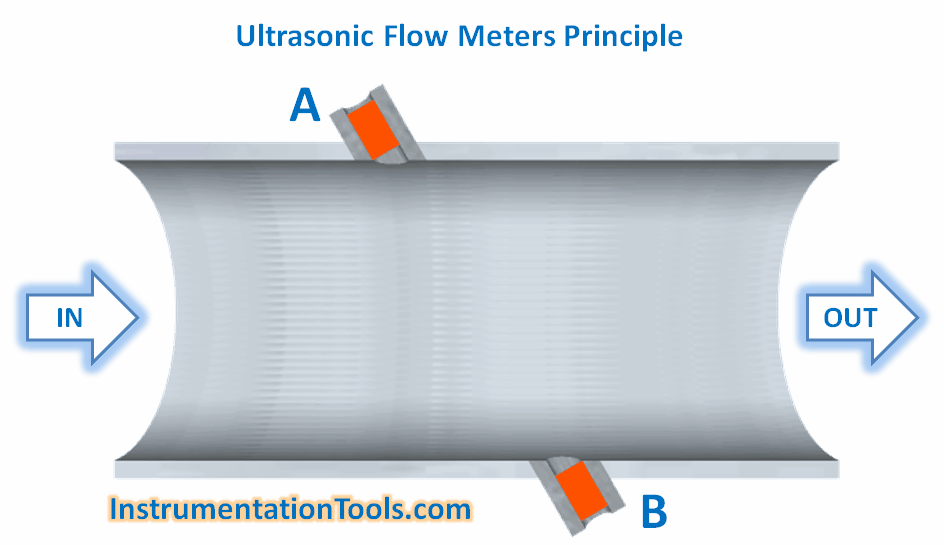
Ultrasonic waves behave exactly the same way. A sound wave traveling in the direction of the flow of the product is propagated at a faster rate than one traveling against the flow (vAB > vBA).
Transit times tAB and tBA are measured continuously. The difference (tBA – tAB) in time traveled by the two ultrasonic waves is directly proportional to the mean flow velocity (vm).
Where,
- tAB is the Time required for an ultrasonic wave to travel from Sensor A to B sensor
- tBA is the Time required for an ultrasonic wave to travel from Sensor B to A sensor
Pros and Cons of Ultrasonic Flow Meters

If you liked this article, then please subscribe to our YouTube Channel for Instrumentation, Electrical, PLC, and SCADA video tutorials.
You can also follow us on Facebook and Twitter to receive daily updates.
Read Next:
- Wedge Flow Meter Principle
- Variable Area Flow Meters
- Ultrasonic Level Sensor Principle
- Calibrate Different Flow Meter
- What is a Vortex Flow Meter?
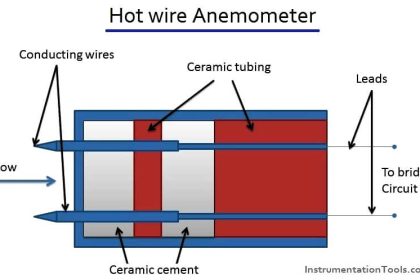
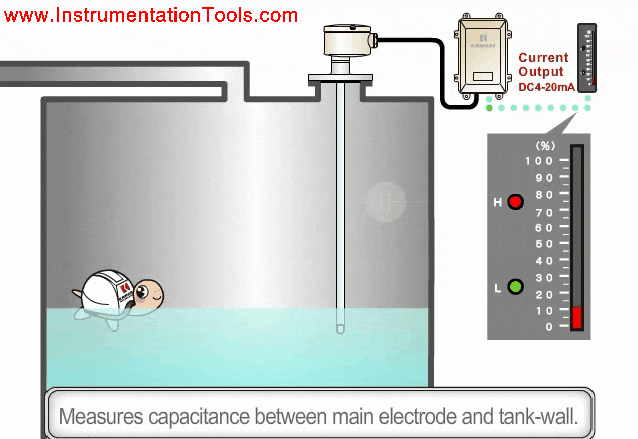
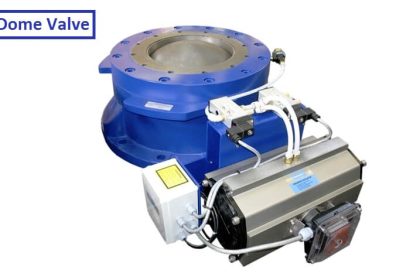

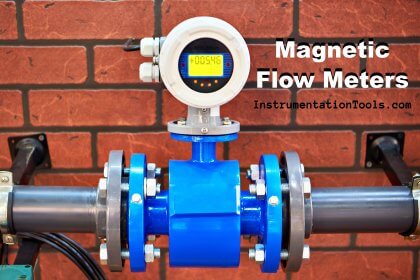
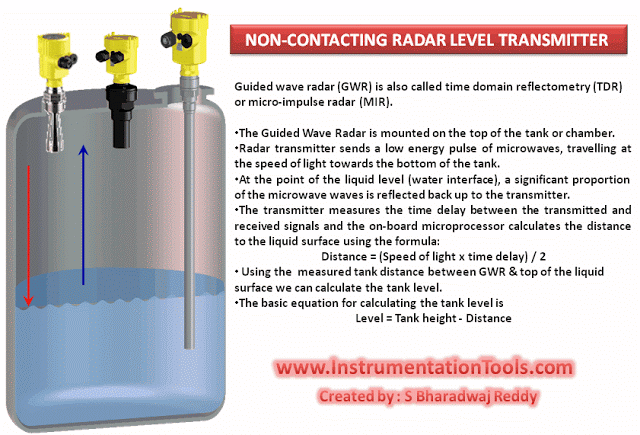
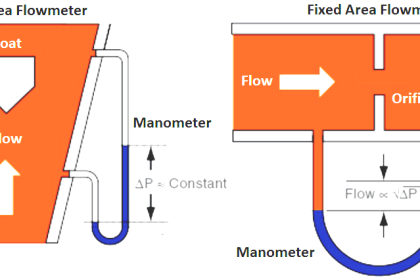
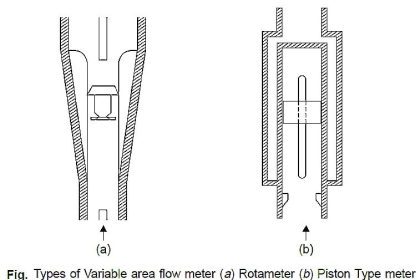
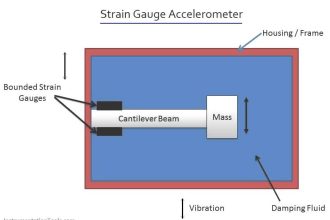
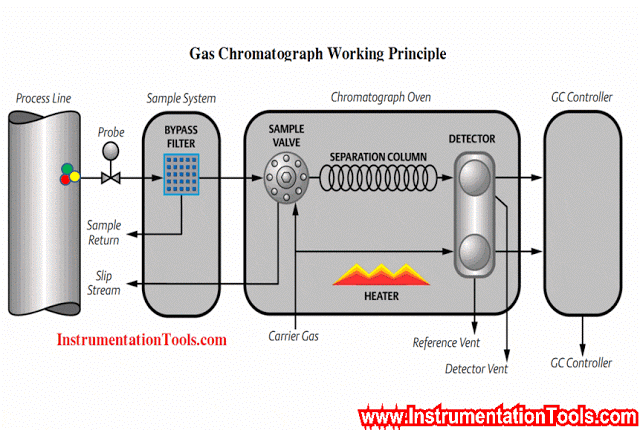
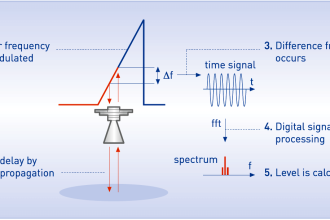

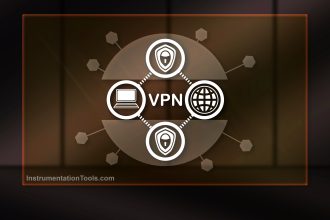

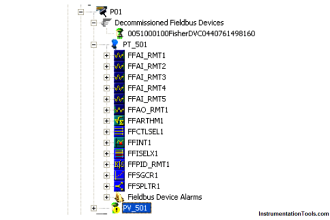


Pls, hindi version available ?
Hi, Open Any Article > In Right Side bottom, you can find language translate option, select your required language.